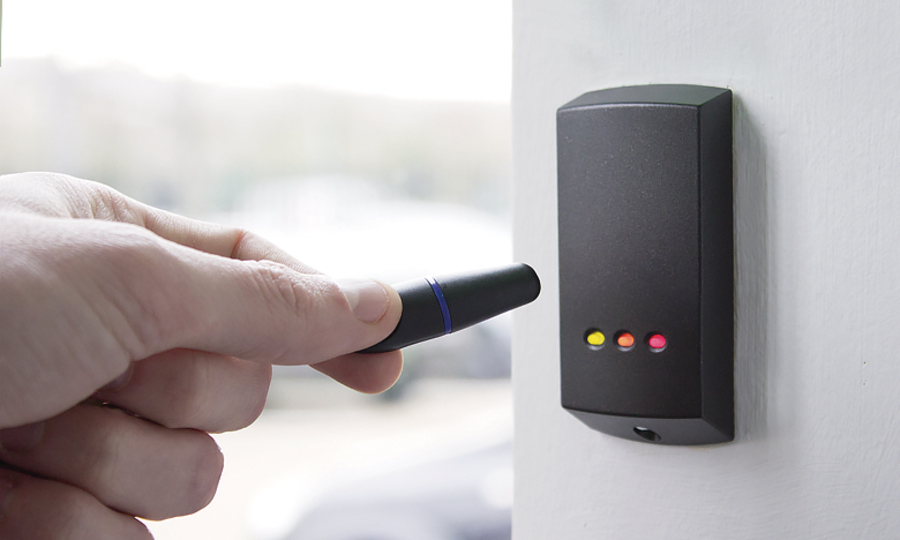Should You Use Facial Recognition for an Access Control System?
A Q & A on How Facial Recognition Adds an Extra Layer of Security

Facial recognition was once a technology that seemed like science fiction. Today it is commonplace, with Apple and other smartphones employing facial recognition for security purposes. If it works for smartphone security, why not use it for your workplace's access control system?
Regardless of how common facial recognition may be in the smartphone world, most organizations don't rely on it. Card and magnetic fob access systems are ubiquitous, as well as keypads for manual code entry. You may have questions about its efficacy, speed, security, and costs. Keep reading to see if facial recognition technology makes sense for your access control solution in San Antonio, TX.
SEE MORE: Want an Access Control Solution that Doesn't Lock You In?
1. Does Facial Recognition Work Consistently?
The short answer is yes. But facial recognition can be affected by lighting and camera angles. For example, if you own a current iPhone, you might notice the occasional times facial recognition doesn't work and forces the use of a passcode to unlock the phone. With appropriate camera technology and machine learning software, facial recognition algorithms learn a face from a preexisting picture. Many algorithms have been tuned by analyzing millions of faces and learning how to identify the unique contours in different environments, lighting, through makeup, and many other situations. They work 99% of the time but are not entirely foolproof. And they can't see through a face mask, which is a current issue in this pandemic time.
2. Is Facial Recognition Secure?
No access control system is completely secure. Faces are unique, and a properly implemented recognition solution is highly secure. Consider the alternatives when allowing access to a building or premises. A fob can be borrowed by someone – or inadvertently lost – and create a security risk if inappropriately used. A manual code can be copied, or someone can spy on an entry with a zoomed camera and capture codes as they are entered. Some magnetic cards are too easily copied, not using appropriate encryption for authentication. A working facial recognition solution can be far more secure than these approaches.
3. What is the Best Way to Use Facial Recognition?
While facial recognition can be an excellent access control solution on its own, a highly efficient and secure way to use it is as two-factor authentication. You are familiar with two-factor methods like signing into a website and then getting an authentication code through an app, email, or messaging to a known destination to put an additional layer of security on access. For example, Apple smartphones use built-in facial recognition to unlock access to website and app logins. Facial recognition could be the second-factor authentication to a traditional approach of using a fob or access code at an entry door. The recognition could be an additional layer of security integrated with a modern video surveillance camera system. For highly secure locations, this two-pronged approach can prevent the sharing of access credentials and other issues. When facial recognition is integrated with video surveillance, the marginal cost of employing the technology is relatively low.
ASAP Security Services has vast experience across Texas with sophisticated security and surveillance systems in both the public and commercial sectors. To learn more about using facial recognition in access control and other security solutions, set up a consultation with our team by calling (877) 418-ASAP, filling out our contact form, or starting a live chat with us below. We look forward to working with you!